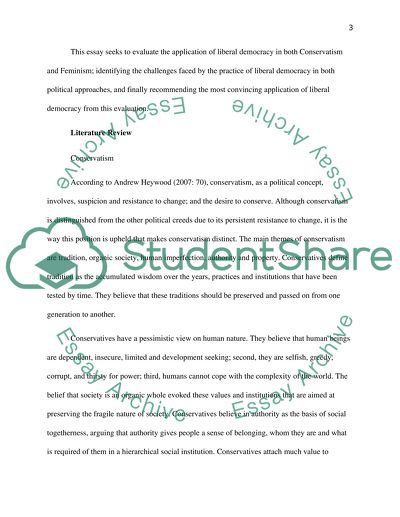Cite this document
(“Compare and contrast the evaluation of liberal democracy in any TWO of Essay”, n.d.)
Retrieved from https://studentshare.org/history/1491922-compare-and-contrast-the-evaluation-of-liberal
Retrieved from https://studentshare.org/history/1491922-compare-and-contrast-the-evaluation-of-liberal
(Compare and Contrast the Evaluation of Liberal Democracy in Any TWO of Essay)
https://studentshare.org/history/1491922-compare-and-contrast-the-evaluation-of-liberal.
https://studentshare.org/history/1491922-compare-and-contrast-the-evaluation-of-liberal.
“Compare and Contrast the Evaluation of Liberal Democracy in Any TWO of Essay”, n.d. https://studentshare.org/history/1491922-compare-and-contrast-the-evaluation-of-liberal.


